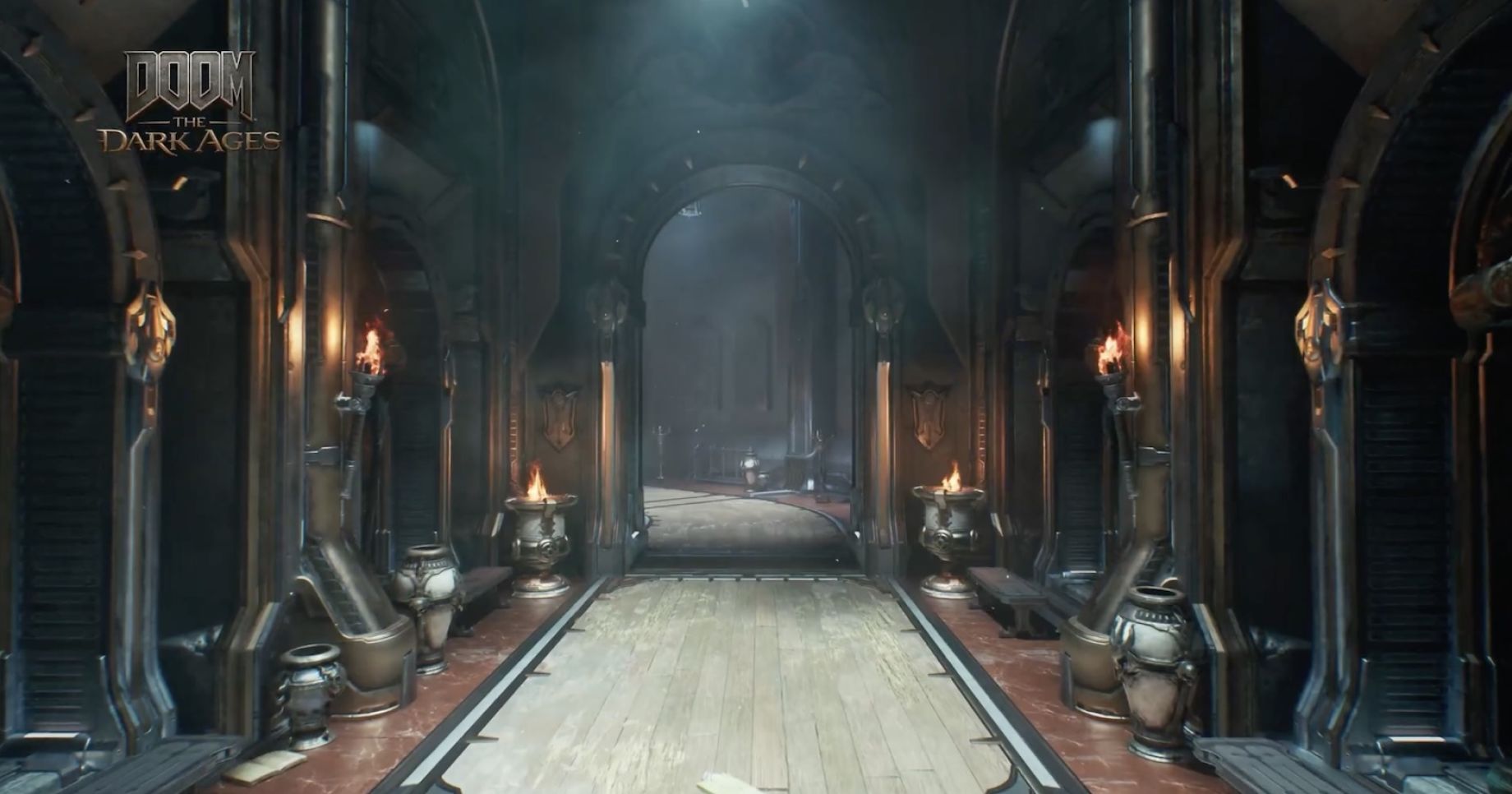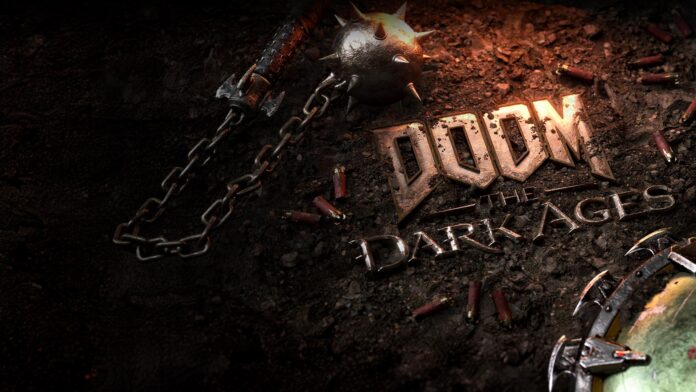The latest addition to the DOOM franchise, DOOM: The Dark Ages, has taken a groundbreaking approach to ray tracing by integrating it into gameplay mechanics, not just visuals. While ray tracing has often been celebrated for delivering stunning lighting and reflections, id Software’s newest title pushes the technology further, using it to create a more immersive and dynamic gameplay experience.
What Is DOOM: The Dark Ages?
DOOM: The Dark Ages transports players to a medieval-inspired setting while retaining the series’ signature blend of fast-paced action and heavy metal energy. Set in a demon-infested dark fantasy world, the game introduces players to a rich environment filled with castles, crypts, and sprawling battlefields.
While the aesthetics are visually impressive, it’s the integration of ray tracing into gameplay that truly sets The Dark Ages apart.
Ray Tracing Beyond Visuals
In DOOM: The Dark Ages, ray tracing isn’t just a tool to make environments look better—it’s a core gameplay element. Here’s how it enhances the player experience:
1. Realistic Lighting Affects Combat
Dynamic lighting plays a tactical role in the game. Torches and magical light sources cast realistic shadows, allowing players to use darkness and light to their advantage. For example:
- Stealth Opportunities: Extinguish torches to sneak past enemies.
- Enemy Awareness: Demons react to shifts in lighting, changing their patrol routes or becoming more aggressive in complete darkness.
2. Reflective Surfaces Reveal Secrets
Reflective surfaces, such as water or polished metal, aren’t just eye candy—they’re tools for exploration. Players can spot hidden enemies, treasure, or traps by paying attention to reflections.
3. Real-Time Environmental Changes
Ray tracing enhances environmental interactivity. Players can manipulate light sources to solve puzzles, such as redirecting beams of light to unlock doors or illuminate hidden runes.
4. Immersive Hazard Effects
In combat, energy-based attacks and explosive spells interact with the environment dynamically. A fireball might light up a dark corridor, while plasma beams create dazzling light displays that can momentarily blind both players and enemies.
Community and Developer Insights
Marty Stratton, executive producer at id Software, shared the studio’s vision for ray tracing in DOOM: The Dark Ages:
“For us, ray tracing isn’t just about making the game look amazing—it’s about making it feel amazing. The way light interacts with the world and affects gameplay opens up new possibilities for immersion and strategy.”
The gaming community has also been quick to praise the innovation. On Reddit, one user wrote:
“This is what ray tracing should be about—not just better graphics, but better gameplay. Can’t wait to dive into this medieval madness!”

